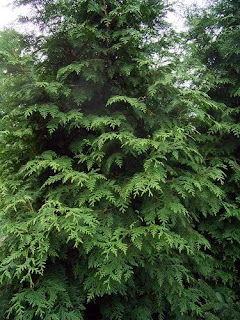Before the mid-1900s, peat moss was largely unavailable and unused by gardeners and farmers in the United States. In the decades since then, peat’s popularity has increased dramatically. And with it, an unanswered question: Is peat moss a responsible and sustainable choice for gardeners?
Peat is the partially decomposed remains of plants, most commonly sphagnum moss. It forms over many millennia in bogs, marshes, and swamps—known as peatlands or peat bogs—often gaining less than a millimeter in depth every year. The process is simple but very slow.
As sphagnum moss grows on the surface of a bog, the older parts of the plant are submerged in oxygen-poor water. The lack of oxygen slows decomposition dramatically, preserving the moss and anything else that falls into the bog. Given enough time, submerged sphagnum moss forms the dense, absorbent material known as peat moss. Left alone, the process won’t stop there. Although the transformation requires eons, undisturbed peat will eventually form coal. Peat is essentially young coal—a baby fossil fuel. And, like all fossil fuels, it is rich in carbon.
A 2009 article in the journal Science makes the claim that, “meter for meter, peatlands store more carbon than any other terrestrial ecosystem.” All told, the world’s peat bogs store approximately 562 billion tons of carbon—more than all the trees in the world, and roughly equivalent to half the carbon currently in the atmosphere as carbon dioxide, or CO2. Healthy peat bogs accumulate an additional 110 million tons of carbon every year, more or less. All this despite the fact that peat bogs cover only 3 percent of Earth’s land and freshwater surface.

Sphagnum moss grows so slowly that management for sustainable use is a significant challenge. At the average rate of 0.6 to 0.7 millimeter per year, Canadian peat bogs add 6 to 7 centimeters in depth (less than 3 inches) over the course of a century. It will require 3,000 years to amass the 2-meter depth needed to justify the costs of extraction. Under these conditions, a fully mined peat bog will not be able to support a second “harvest” for at least 3,000 years.
Can a resource that renews itself this slowly ever be considered sustainable? If we balk at cutting down 500-year-old trees in old-growth forests, should we accept the extraction of 3,000-year-old sphagnum moss from peat bogs?
Article by Cristina Santiestevan from Organic Gardening, Feb/Mar 2011
For full article visit, http://bit.ly/e0WDmu











